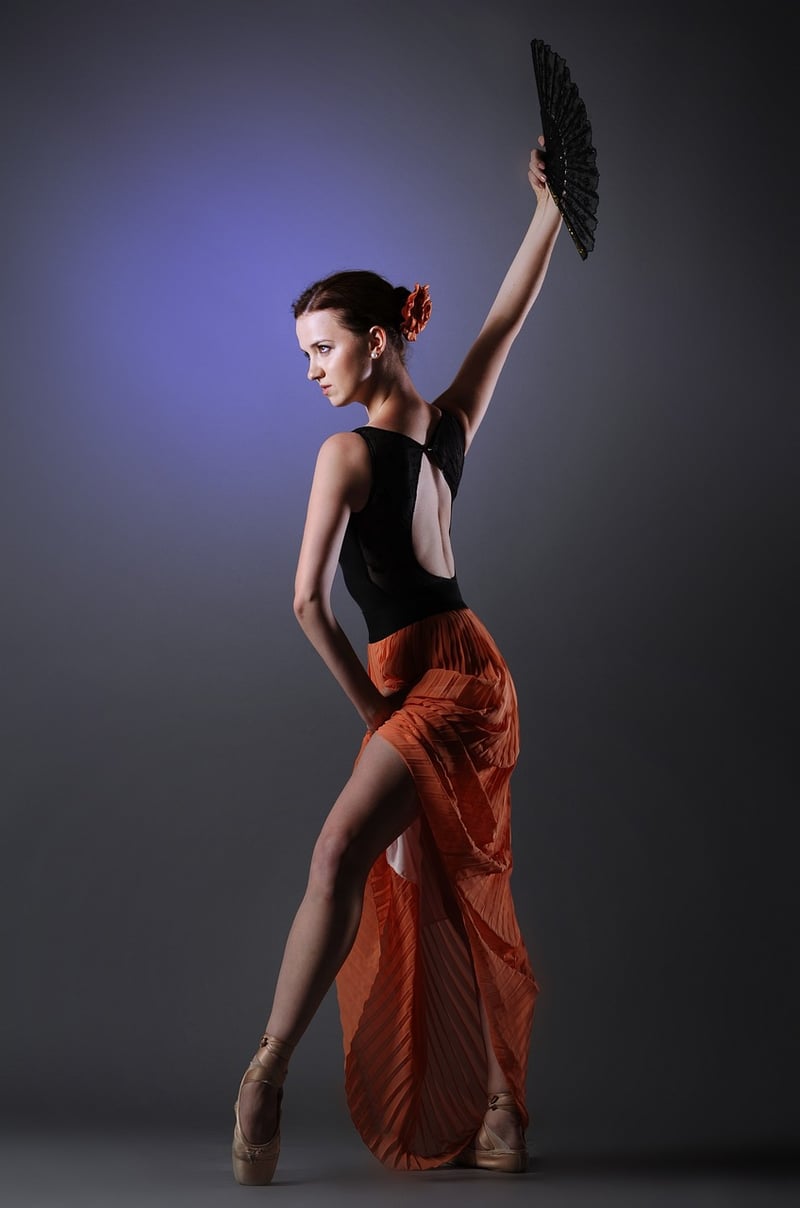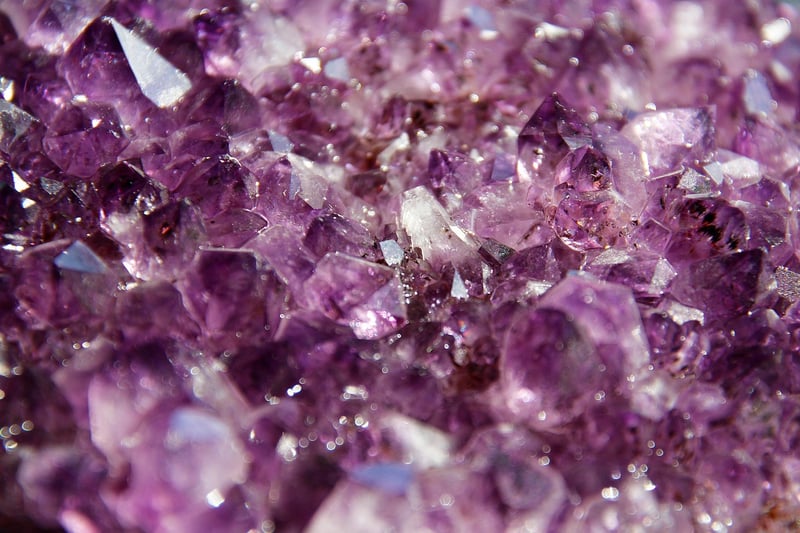Rhythmic Healing
The Power of Dance for Emotional Well-being and Rhythmic Healing

Dance is a universal language that transcends cultural barriers and speaks to the soul. Beyond just physical movement, dance has the incredible power to enhance emotional well-being and promote rhythmic healing. Whether you're a professional dancer or someone who simply loves to move to the beat, incorporating dance into your life can have profound effects on your mental and emotional health.
Emotional Well-being through Dance
When you dance, your body releases endorphins - the feel-good hormones that help reduce stress and anxiety. The act of dancing allows you to express your emotions physically, whether it's joy, sadness, anger, or excitement. This emotional release can be incredibly cathartic and can help you process and cope with various feelings.
Rhythmic Healing Benefits
Rhythmic healing, also known as dance/movement therapy, is a therapeutic approach that uses dance and movement to promote emotional, social, cognitive, and physical integration. It can help individuals improve self-esteem, body image, and interpersonal relationships. The rhythmic patterns in dance can synchronize with our brain waves, promoting relaxation and a sense of calm.
How to Incorporate Dance into Your Routine
- Take a dance class: Join a local dance class or find online tutorials to learn different dance styles.
- Dance at home: Put on your favorite music and let yourself move freely without judgment.
- Attend dance events: Participate in dance workshops, social dances, or cultural dance events in your community.
- Use dance as a form of meditation: Practice mindful dancing by focusing on your movements and breath.
Whether you prefer ballet, salsa, hip-hop, or contemporary dance, find a style that resonates with you and allows you to express yourself fully. Dance can be a powerful tool for self-discovery, emotional release, and overall well-being.
So, put on your dancing shoes, let the music guide you, and experience the transformative power of dance in nurturing your emotional health and promoting rhythmic healing.

Remember, it's not about how well you dance, but how dancing makes you feel!
References: Psychology Today - Dance/Movement Therapy
